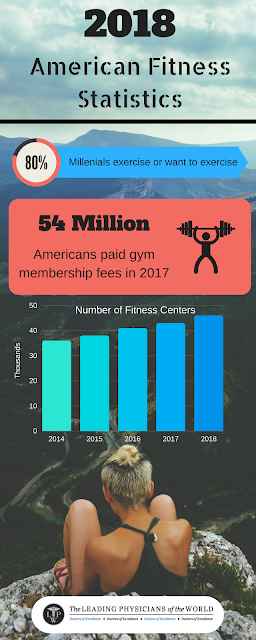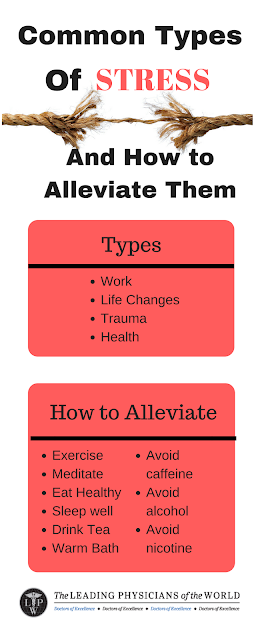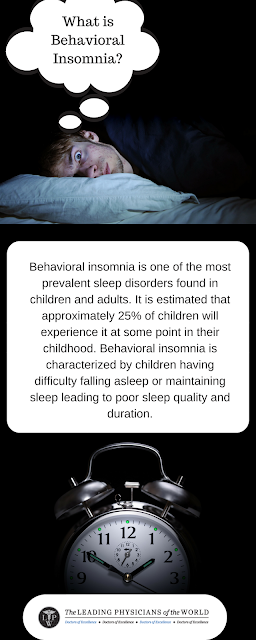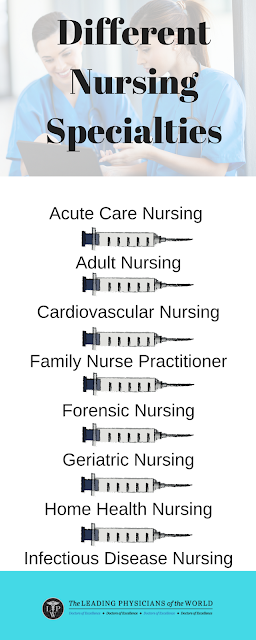2018 American Fitness Statistics

Fitness trends come and go every year, but we’re going back to the basics in 2018, according to a new annual survey. For the survey, the authors identified 40 possible fitness trends for 2018 and asked more than 4,000 fitness pros to rank them on a 10-point scale, with 10 meaning it was most likely to be a trend this year. There was also a distinction between a trend and fad in the survey. A trend was defined as having more lasting power than a fad, which is typically met with more enthusiasm but lasts for a shorter amount of time. With that, here’s what you should know about the most popular fitness trends you’ll see everywhere this year. 1. High Intensity Interval Training (HIIT) It has enjoyed a high rank on this list since it took the number one spot in 2014, and it again takes the number one spot on the 2018. HIIT is usually characterized by short bursts of intense effort alternating with short period...








